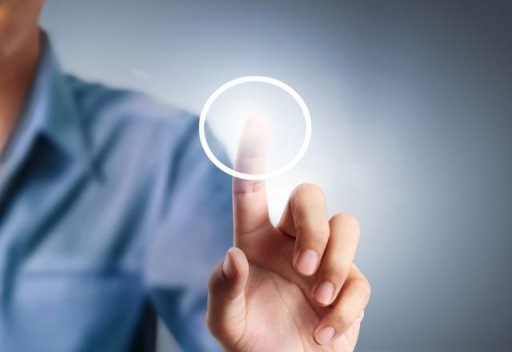
Researchers at Nanyang Technological University in
Singapore have demonstrated a new system that can turn everything from
window panes to tables into interactive touchscreens.
Called Speech Touch and Acoustic Tangible Interfaces for
Next-generation Applications (or STATINA for short), it uses low-cost
sensors to identify and measure the vibrations created by hands and
fingers when they touch a surface, whether made of glass, wood,
aluminium or melamine, like a traditional dry-erase whiteboard.Using a specially developed algorithm, the vibrations created by touching a surface can be easily translated into commands that are in turn fed to a computer.
When the vibration-recording sensors are paired with a simple webcam, the system can match said vibrations to individual finger or hand movements and replicate the 10-point multi-touch operation that is standard on current high-end tablets and touch-enabled computer monitors.
Best of all, the system can be retro-fitted to existing devices, such as televisions and to existing furniture and fittings. Meaning that with the addition of a few electronic components, a dining table could well become the world's largest touch pad.
"Our innovative system is able to transform surfaces such as wooden tables, aluminium, steel, glass and even plastics into low-cost touch screens. It means in future, you could play computer games or draw sketches on walls or windows since almost all surfaces can be made touch-sensitive with our system," said NTU assistant professor Andy Khong of the technology.
STATINA is the culmination of professor Khong's research spanning the last four years. The technology has already won a number of prizes and has been the source of a number of scientific papers and, of course, patent applications. He and his team of researchers are now working to commercialize their invention by developing a more compact system and expanding its capabilities to include tracking of fingers and stylus movements using optical cameras.

No comments:
Post a Comment